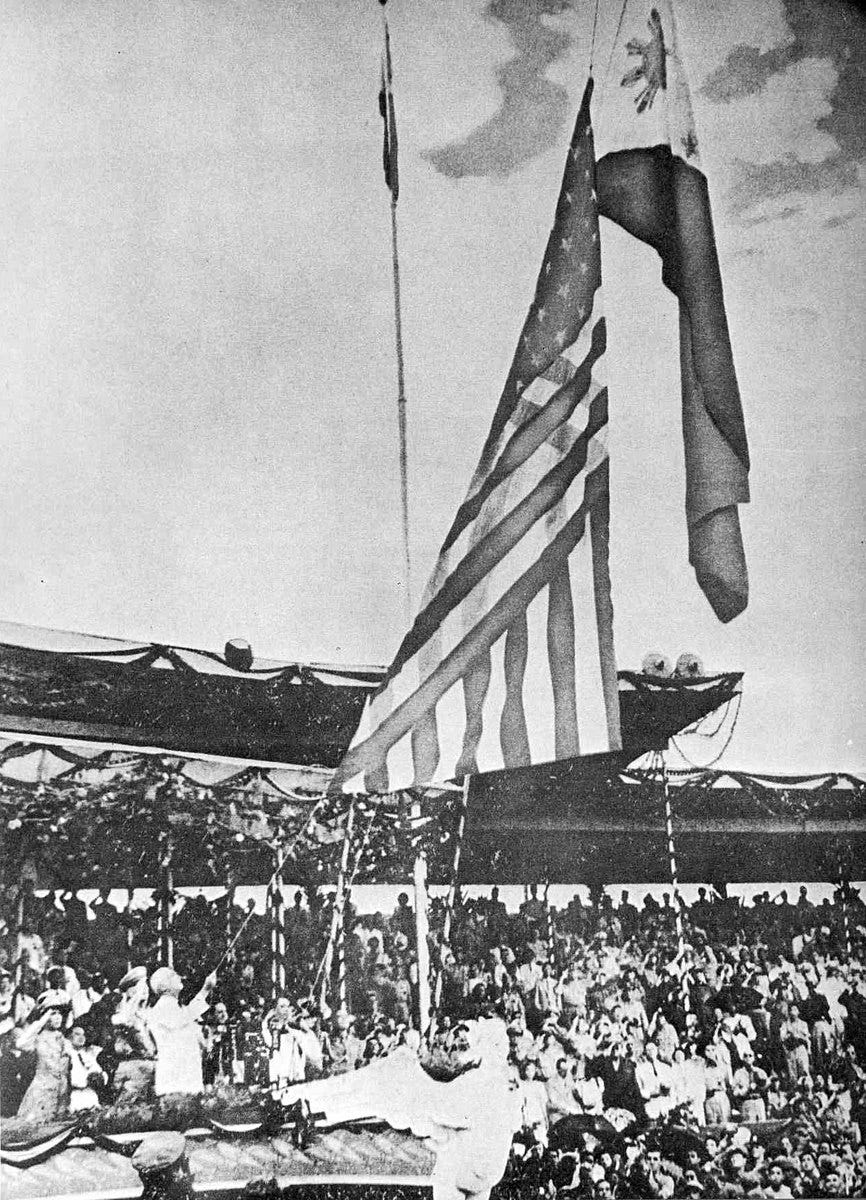Field Guide Vol. 269
As July 4 celebrations unfold across the US this weekend, it’s worth pausing to reflect on what independence really means—and who gets to claim it. In a time marked by ongoing conflict, reminders of colonial legacies and rising authoritarianism, independence is far from a settled idea. Around the world, independence days carry layered histories: they are moments of national pride and remembrance, but also reminders of hard-won freedoms and sites of ongoing struggle. Join us as we explore how countries like Ukraine, the Philippines and others commemorate these complex anniversaries and why understanding them is so important.
Field Guide examines how different cultures play with the same concepts—from voting and water access to movie-making and whiskey. Field Guide is for paid subscribers—thank you for your support!
We rely on our paid subscribers to do this work. Not yet a member? Upgrade today and help us continue to publish great journalism from around the world.
Did you know?

The Philippines declared its independence from Spain on June 12, 1898. However, at the time Spain was at war with the US, and when it lost, it “sold” the Philippines to the US for $20 million. President Teddy Roosevelt waited until July 4, 1902 to declare victory. This 1902 Atlantic essay excoriated the hypocrisy of celebrating the Fourth of July while revoking another country’s independence. It was nearly 50 years later, on July 4, 1946, that the Philippines finally won its independence from US colonial control.
Keep reading with a 7-day free trial
Subscribe to Stranger's Guide to keep reading this post and get 7 days of free access to the full post archives.



